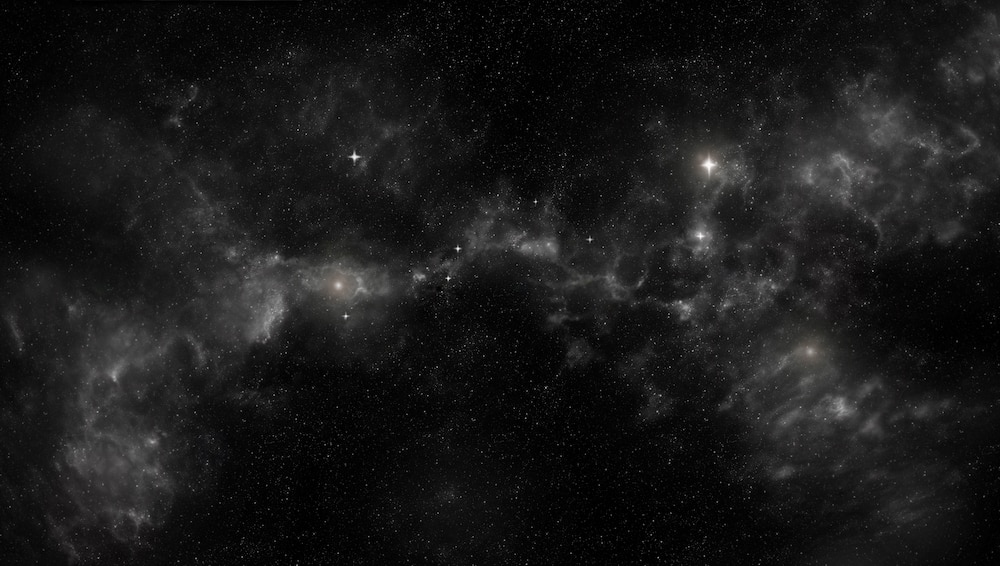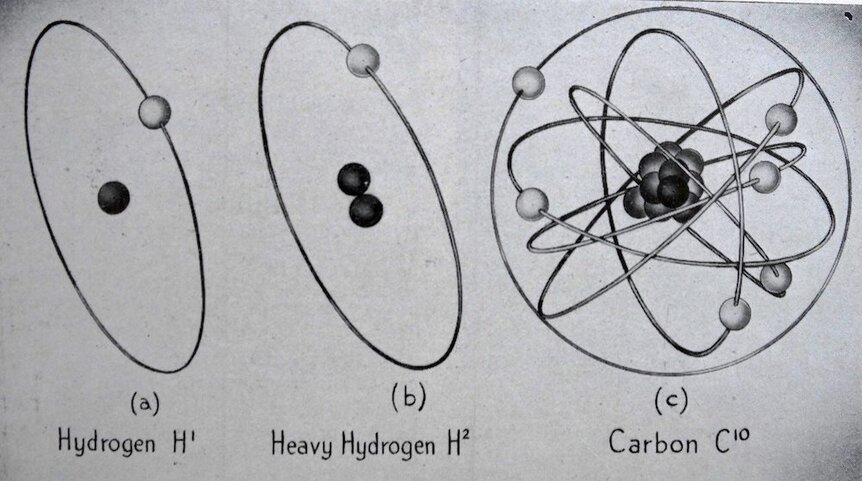Create a free profile to get unlimited access to exclusive videos, sweepstakes, and more!
Neutrons could be the tiniest time capsules to come out of the birth of the universe
How was the universe born? The way neutrons decay in space may tell us what happened in those first moments.

What happened when the universe first opened its proverbial eyes?
Because we don’t have a TARDIS and can’t take ourselves back almost 14 billion years, we need to understand the extremely hot and dense moments after the Big Bang through the fundamental forces of the universe. Just one problem — those forces acted much weirder after everything had just exploded into being. The weak force of gravity has been the most difficult to demystify when it comes to theoretically traveling through time.
The weak force is most visible through radioactive decay of neutrons. How neutrons break down can tell us more about what happened both during and after those first few breaths of the universe, which has left so many scientists frustrated. Researcher Jack Wilson of Johns Hopkins University, who recently led a study posted on the preprint server arXiv, loaded that frustration onto NASA’s Lunar Prospector satellite and sent it to the Moon.
“In the first second following the Big Bang, the universe consisted of a plasma of protons, neutrons, electrons, positrons, and neutrinos,” he told SYFY WIRE. “Improving the measurement of neutron lifetimes will lead to more robust estimates of primordial abundances.”
The microwave remains of the Big Bang can be found in the cosmic microwave background (CMB), but the CMB only goes back to around 380,000 years after the universe was born. What happened before then has been somewhat figured out through physics, but those earliest moments still elude us, which is why weak force and neutron decay might finally bright them to light. The problem is that neutrons (which are relatively stable inside an atomic nucleus) decay rapidly, and various types of measurements have come up with varying answers.
Neutron decay is measured through half-life, or how long it takes for half the particle to degrade. Any method used should give the same result. This is where it gets complicated, because depending on the method, results have varied. The advantage of studying how neutrons decay on the Moon is that the lunar atmosphere, if you can call it that, is devoid of air. That means cosmic rays can beam right to the surface. Sometimes one of these will knock a neutron off the surface and send it flying through space, which means it could decay.
“Lunar Prospector contained two neutron detectors in the form of tubes filled with helium-3 gas,” Wilson said. “Helium-3 is a strong neutron absorber. When a neutron is absorbed by it, other particles that deposit energy in the gas are created, and that energy deposit is measured.”
While the satellite was equipped with these neutron detectors to search for hydrogen which could give away water ice in permanently shadowed craters, the instrument ended up doing double duty. It was able to count how many neutrons were scattered at different orbital levels. How much they had decayed depending on where they were told Wilson’s team that a free neutron can stay alive for about 887 seconds. This is a breakthrough for sure, even though it won’t elucidate everything about neutron decay or the Big Bang. So what do we know?
As the plasma blob that was the nascent universe expanded at ultrafast speeds, neutrons and protons were in a state of thermal equilibrium because there was a much greater difference between their temperatures than their masses. Protons are thought to have been able to morph into neutrons until about a second in. Then the temperature dropped too low for that to happen anymore, leaving neutrons on their own to decay. As ratios of neutrons to protons changed with temperatures, heavier elements started to fuse together until the ratio settled.
“The neutron lifetime is especially important as it determines both the exact freeze-out time — when the temperature got too low for protons to become neutrons — and the reduction of the neutron-to-proton ratio between freeze-out and the end of nucleosynthesis,” said Wilson.
There is a theory floating around about neutrons being able to decay into dark matter particles, but don’t get too excited (radioactively or otherwise), because it has run into many experimental and astrophysical limits, at least for now.



























